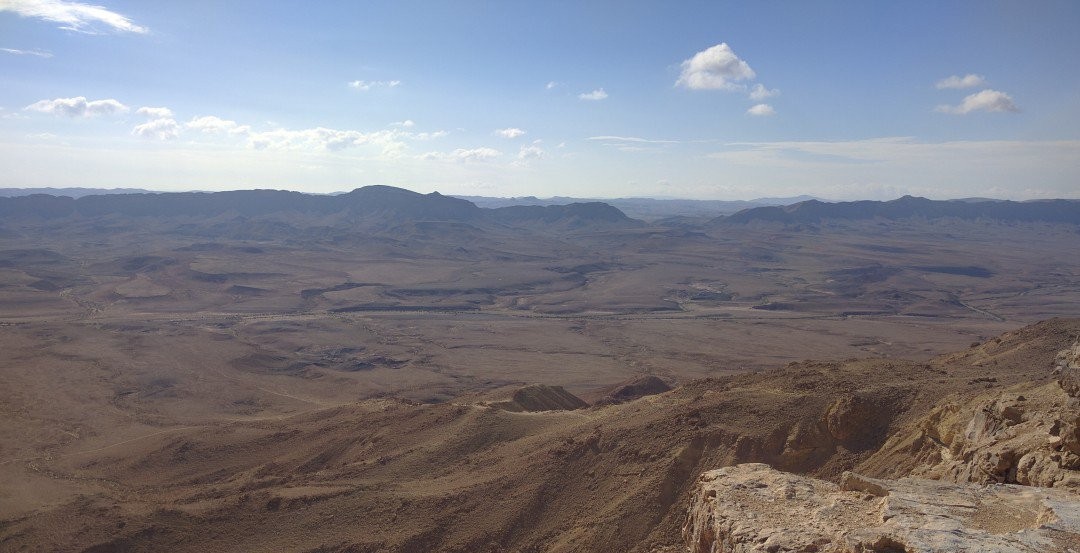If you’ve only ever heard one thing about Texas, it probably had something to do with the word “big”.
After all, everything is bigger in Texas, so they say.
And, as a Texan, I’ve fallen in line and believed that bigger is almost always better.
Just as one example, I’ve been a supporter of the idea of national education learning standards (Common Core) in the US because, at least in my mind, the large economy of scale would lead to a greater ability for increased collaboration and efficiency. After all, there is no reason for every state to re-invent the wheel.
Getting to the point, I began to question my affinity for “big” during a recent whirlwind education tour of the State of Israel. In this post, I hope to highlight a few of the reasons why.
Small vs. Big
If you look at it by land area, Israel is a relatively small country. 475 times smaller than the US. 34 times smaller than Texas. 12 times smaller than the UK.
But the educational impact in the country has quite a record to be proud of, including the 2nd highest rate of post-secondary education (49%) in the world (behind Canada).
What I saw in Israel was an education system that while built around a national framework of standards, assessments, and oversight, there exists a concerted effort in maintaining local control and school-by-school autonomy.
Encouraging Experimentation
Best I understand, in Israel, if parents, teachers, or community members get together and want to start a publicly-funded school, they can. There are some hoops and guidelines to jump through, to be sure, but it is possible. The school can choose (or develop) its own teaching methods and, as of this school year, will be able to decide to some extent how students are assessed.
The magic words here are “publicly-funded”. This just simply isn’t the case everywhere.
In the US, programs like Race To The Top exist to encourage and reward experimentation. But there is a limited pool of money, and some level of success must be proven before grants are given. There’s no good way to try and get a new idea off the ground.
Perhaps we can come up with policies (based on per-student funding formulas, for example) that better allow teachers and schools to innovate. And to work hard to change our culture from being “top-down” to much more driven by “bottom-up”.
An Evolving View
As a rule, we often look for ways to take what is successful in one place and replicate it everywhere.
It never occurred to me before this trip that perhaps this isn’t always the best approach. Sometimes, the reason something works in one setting is precisely because of factors that make it unique.
If nothing else, I’ve gained a better appreciation for the value that small programs, one-off experiences, and ideas tested out in individual classrooms and schools can have on education.
I’d love to hear any examples or ideas you may have to share in the comments below.
Notes:
This post is part of a series of posts from a tour hosted by Vibe Israel – a non-profit and non-political organization with a mission to share different aspects of Israel beyond what we normally hear on the news.
The featured image is a photo I took of the Ramon Crater in Israel. An amazing place.

I totally agree. Not just education system but also the learning happens based on the set of factors determined by the environment. Which why student in different geographical locations learn things differently.
Thanks for the post. 🙂
Individualized, unique, innovative, “bottom-up” education happens every day in a Montessori classroom. That is probably why Secretary of Education John King’s children attend Montessori school. However, Montessori schools do not provide a lucrative marketplace for private companies that are making a lot of money from public school districts.
Great job